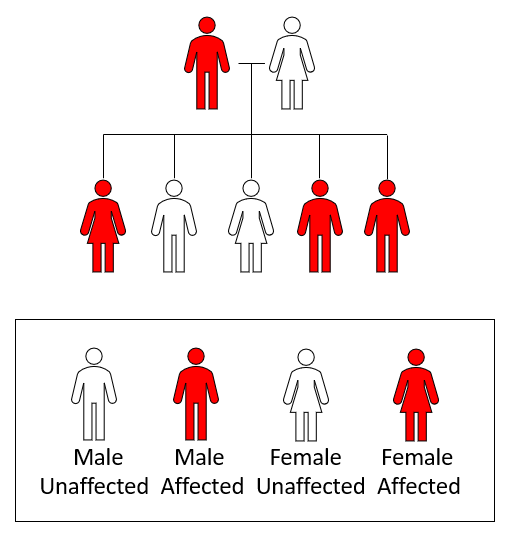What Causes CADASIL?
CADASIL is caused by a mutation on the NOTCH3 gene, which is located on a non-sex (X or Y) chromosome. It is an autosomal dominant genetic characteristic, which means it can be passed down to offspring from a single affected parent–therefore, the child of one parent with the mutation and one without has a 50% chance of inheriting the mutation.
 There are multiple variations of a NOTCH3 mutation that can cause CADASIL, although not every individual who carries such a mutation will necessarily develop the disorder. All affected members of the same family will, however, have the same NOTCH3 mutation.
There are multiple variations of a NOTCH3 mutation that can cause CADASIL, although not every individual who carries such a mutation will necessarily develop the disorder. All affected members of the same family will, however, have the same NOTCH3 mutation.
When to Get Tested
Some individuals may be tested due to medical necessity, often after an abnormal MRI or the presence of other neurological symptoms. Others may decide to have genetic testing done due to CADASIL history in their family. This can be a difficult decision, and should be made after thorough discussion with one’s physician. You may also seek the assistance of a genetic counselor, who will have expertise in working with people who are at risk for genetic disorders and may provide helpful guidance.
How to Get Tested
Genetic blood testing is the most effective method for diagnosing CADASIL. The test can be ordered by your physician and only requires a blood sample, which will be carefully examined for mutations on the entire NOTCH3 gene. If your family has a history of CADASIL and the specific NOTCH3 mutation is already known, providing this information to your physician or the diagnostic lab may decrease the cost of CADASIL testing because only a specific portion of the NOTCH3 gene will be reviewed.

